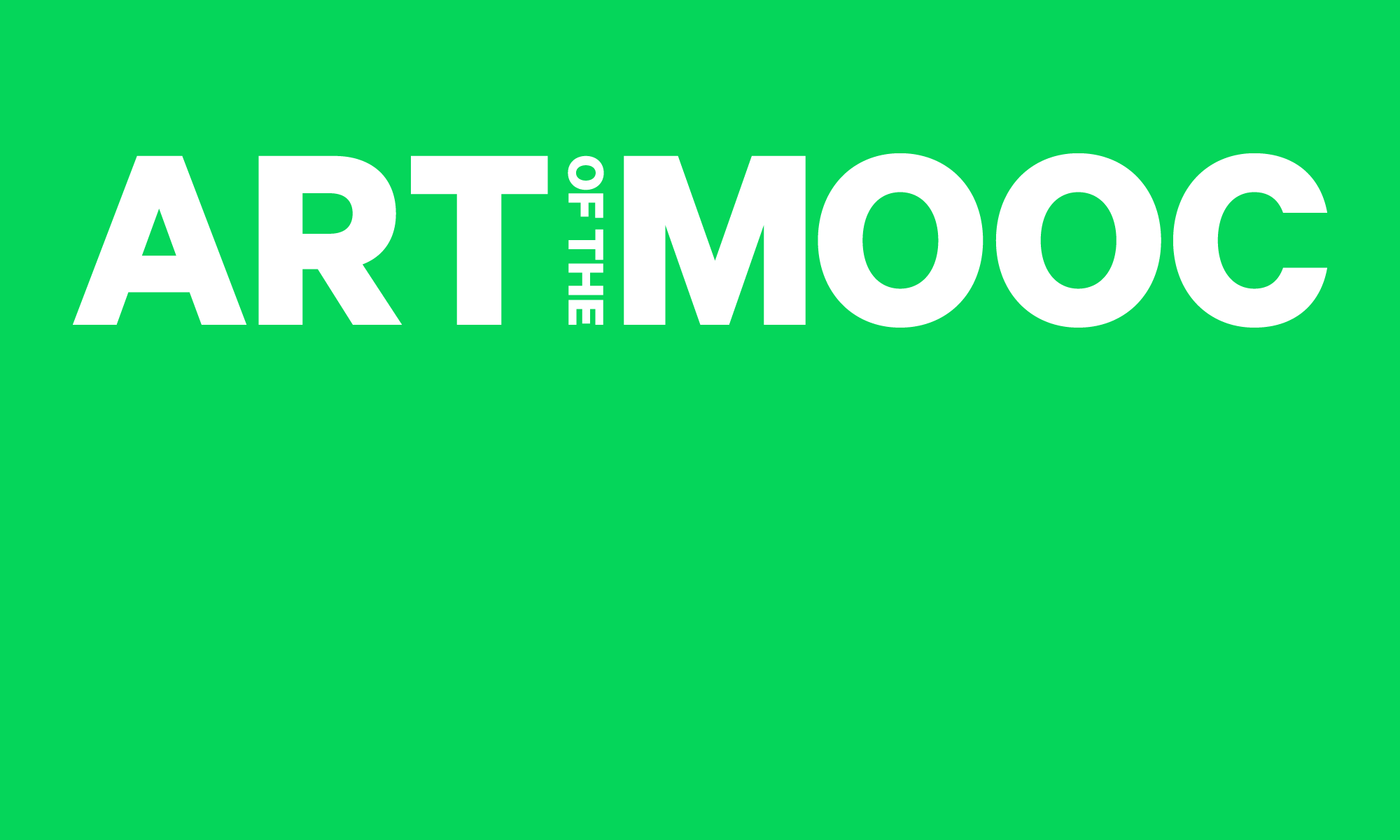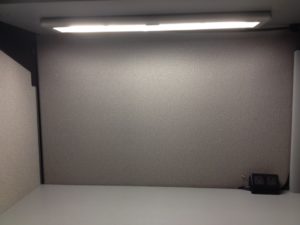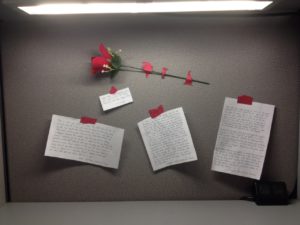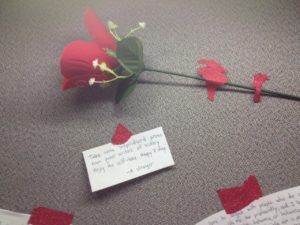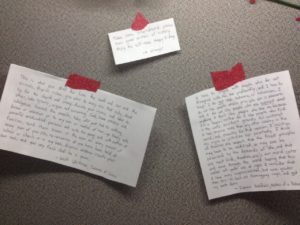The stacks of Lilly Library on Duke University East Campus are full of secluded study spaces. Etched into desks or written on walls in these spaces, graffiti contains words of encouragement (“If you are reading this, you are loved.”), dialogues and arguments (“Fight white supremacy.” “Duke is definitely yellow supremacy.”), and seemingly random exclamations (“Thomas Jefferson for Class of 2015 President!”). In the depths of the library’s basement, in cubicles, the environment can be much more austere.
Inspired by Sophie Calle and Paul Auster’s work in the phone booth, I decided to create an installation in one of the cubicles in Lilly Library. It being close to Valentine’s Day, I’ve been thinking about self-love, especially for people like me who identify as queer. I keep a collection of passages of my favorite writing on my computer to read when I need encouragement, and I’ve noticed that many of them naturally happen to be by queer writers. For the installation, I hand-wrote three of my favorite passages from James Baldwin, Walt Whitman, and Virginia Woolf and a rose and taped them into the cubicle with red glitter tape. The passages each describe being authentic and not depending on societal standards for your self-worth. Parts of these passages had resonances with the idea of work and the library, saying to shy away from accolades and certificates (Woolf), to always apply your knowledge to good (Whitman), and to do the work you were meant to do (Baldwin). With the passages I left the note, “Take some inspirational prose from queer writers of history. Enjoy the self-love.” I also included a rose. I sat in a neighboring cubicle and watched reactions.
Most people coming into the room noticed that something was strange about the cubicle and gave a double take upon seeing the rose, but fewer actually went to read what was written. After twenty minutes, one person stopped and read through all the passages. Then, he took the Walt Whitman passage and went to another cubicle and started studying. A few other people stopped to read the text, and one person sat down and studied in the cubicle with the instillation still inside. After he left, another student came in, read the papers quickly, took them all down, placed them in her backpack, and then proceeded to study in the cubicle. It was hard to determine whether she was annoyed by the disturbance. I found it interesting that she removed everything so quickly but put the materials in her backpack rather than throwing them out. I’m still trying to interpret her attitude toward the work.
In contrast to the more permanent works of public art such as monuments, this work was meant to be temporary and to be participatory. I wanted bits and pieces of the work to be taken by passersby. The work also hoped to make the personal political (as the feminist mantra goes), taking the intimate words of encouragement and bringing them to a public space. Using the writings (and glitter), it hoped to queer a public space with these writings to combat the erasure of queer folks in history and the present marginalization on campus. Decorating the cubicle, I felt like I was doing something forbidden but also with a sense of play. Creating the work was somewhat liberating, but I also felt a kind of guilt at occupying public space. Nevertheless, it was meaningful for me to take the self-love that I cultivate in myself and attempt to spread it to others on campus.
